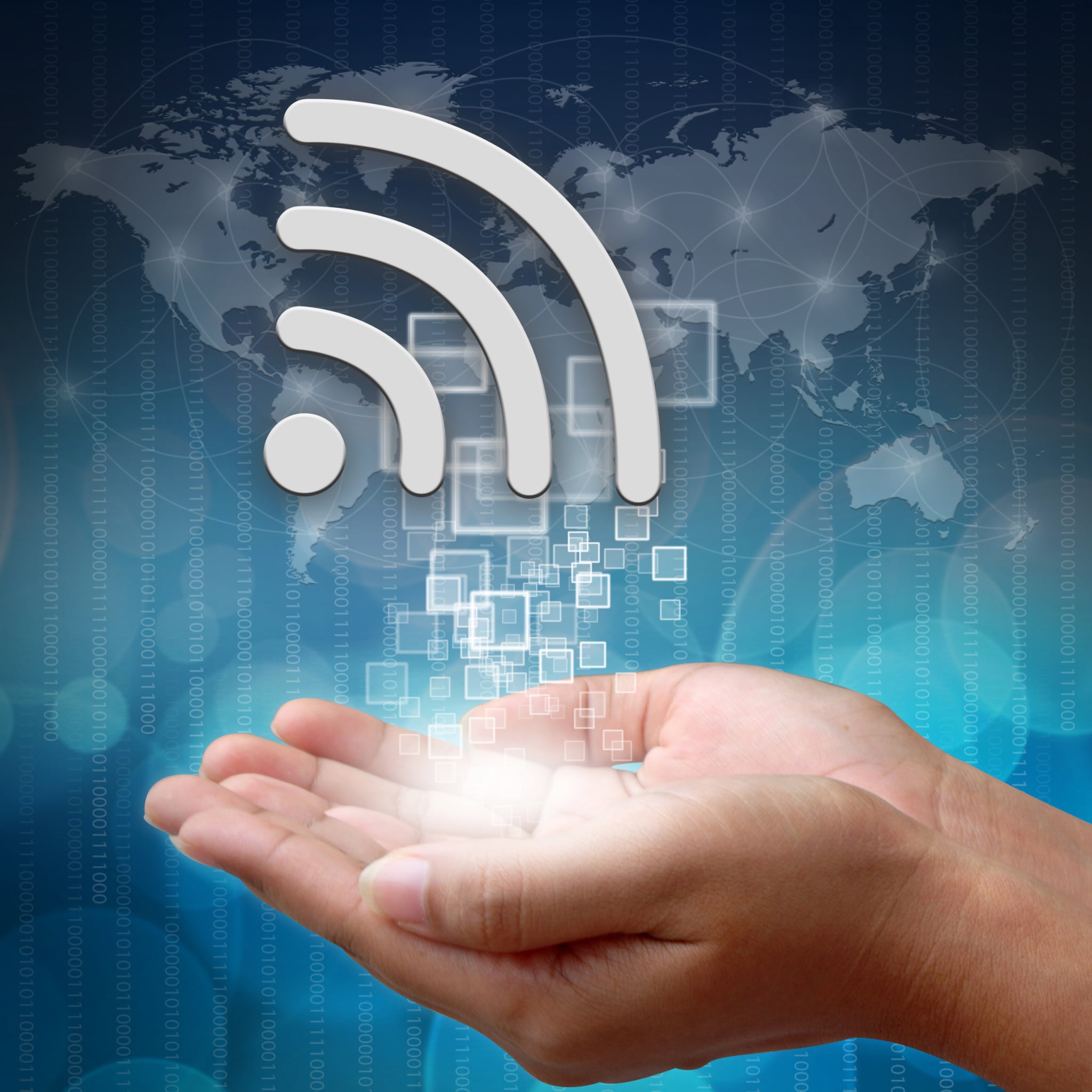All About WiFi Performance

With the expansion of smart home services and various Internet of Things applications, improving WiFi performance in the home is more important than ever. That’s why CableLabs has focused on getting consistent WiFi performance, Dan Rice, svp of network technology told us. In-home WiFi network quality depends on several variables, including materials used for home construction, distance between the access point and client, level of interference, antenna orientation, radio frequency spectrum and device capabilities, he said. So that’s why CableLabs wants to improve radio frequency performance of a WiFi device, all aimed at enabling WiFi ops to provide reliable and quality network performance and deliver consistent data rates at expected ranges.
In terms of spectrum, more in-home services run on the 5 GHz band, which Rice noted offers more channels and is less crowded than the 2.4 GHz band. In addition, WiFi signals in the 5GHz band provide consistent coverage in homes with drywall panel walls. According to CableLabs, 3 HD video streams can be successfully transmitted to 3 WiFi clients up to 80 feet from the access point in a home with drywall construction. However, WiFi signals in the 5GHz band are limited in houses with brick walls or concrete floors. CableLabs has studied the effect of different building materials on WiFi performance. For example, the stone and cement materials common in EU housing construction don’t work well with WiFi, Rice said. He noted another factor impacting WiFi performance is the density of homes. CableLabs are working on technologies that operators can integrate to manage WiFi points collectively in one building, he said.
Perhaps one of the biggest projects at CableLabs is LTE-U, or unlicensed LTE. Wireless carriers are looking to use unlicensed LTE technology to increase their capacity. T-Mobile and Verizon Wireless have already announced plans to deploy the technology in the 3.5 GHz and the 5 GHz unlicensed bands, and are eyeing early 2016 for initial deployments. The problem is that LTE-U potentially interferes with or overpowers WiFi signals, Rice said. CableLabs is actively working with standards bodies including 3GPP to ensure the latest wireless technology can co-exist well with WiFi. “We are making progress,” Rice said.